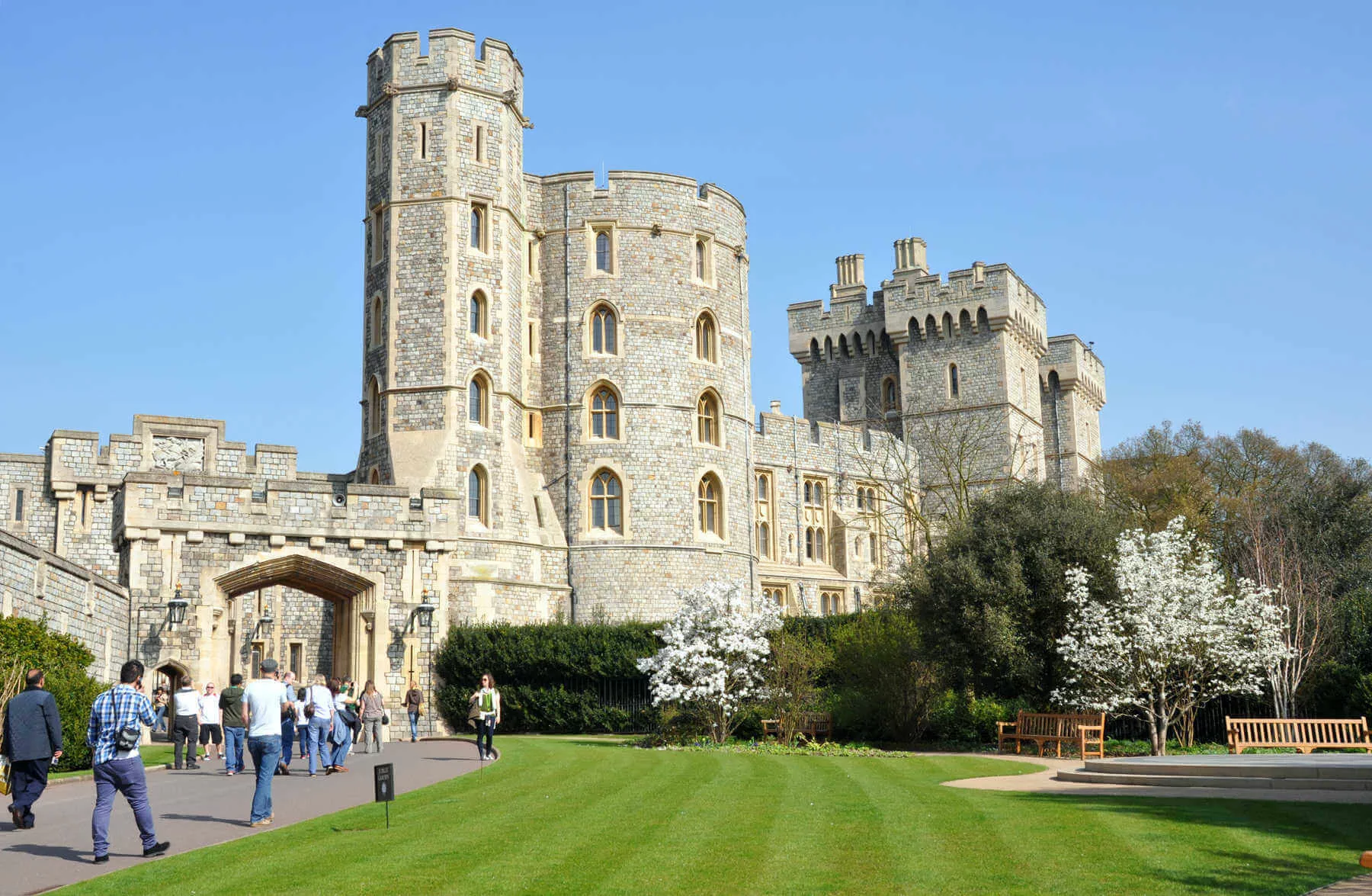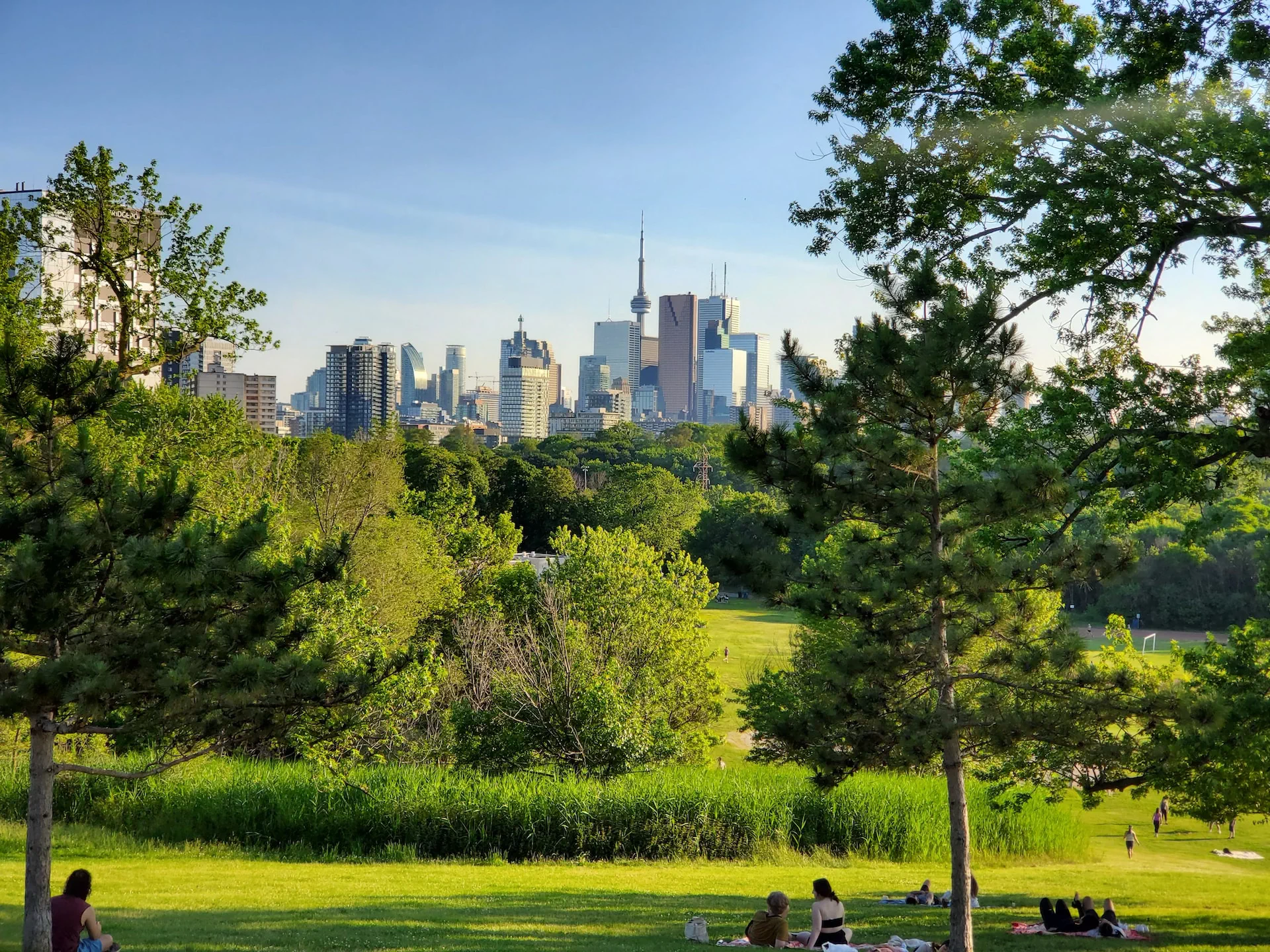Kensington Palace is on the royal radar because it is the London home of William, Catherine, and George. While some of the palace is open to the public, the royals’ private quarters are strictly off-limits.
The palace has long been associated with Britain’s longest serving monarch — Queen Victoria — who was born here in 1819. Sitting primly on its pleasant parkside grounds in central London, the palace is immaculately restored. A visit here gives a fun glimpse into the lives of several important residents, such as William and Mary, George III, and Victoria. After Queen Victoria moved the monarchy to Buckingham Palace, lesser royals bedded down at Kensington. Princess Diana lived here both during and after her marriage to Prince Charles.
Unless you are in London in August or September — or are on Her Majesty’s A-list — it unlikely you’ll get a peek inside the royal birthplace of Prince Charles — Buckingham Palace. A 41-gun salute marked his birth here in 1948. Today, the Queen opens 19 of her palace’s lavish State Rooms to the public — but only in August and September, when she’s out of town. Tickets can be hard to get, so you’ll need to book early.
Fifteen miles up the Thames is Hampton Court Palace, the 500-year-old royal hangout that was a favorite of Henry VIII, Elizabeth I, and Charles I. Henry’s only legitimate son, who became Edward VI, was born here in 1537. The stately palace stands overlooking the Thames and includes some impressive Tudor rooms, including a Great Hall with a magnificent hammer-beam ceiling. The industrial-strength Tudor kitchen was capable of keeping 600 schmoozing courtiers thoroughly — if not well — fed. The sculpted garden features a rare Tudor tennis court and a popular maze.
Trains from London’s Waterloo Station drop you across the river from the palace — just walk across the bridge. Or consider arriving at or departing from the palace by boat like Henry VIII did; one ofLondon’s river cruise lines has service to Hampton Court.
Farther out on the Thames is yet another royal birthplace — Windsor Castle. In 1070, William the Conqueror built the first fortified castle on a chalk hill above the Thames; later kings added on to his early designs, rebuilding and expanding the castle and surrounding gardens. Edward III was born at Windsor in 1312; more than a century later Henry VI was born here in 1421.
Windsor claims to be the largest and oldest occupied castle in the world. Thankfully, touring it is simple. Trains from Paddington Station spit you out into the Windsor Royal Shopping Pavilion, only a few minutes’ walk from the castle. At the royal sight, you’ll see sprawling grounds, lavish staterooms, a crowd-pleasing dollhouse, a gallery of Michelangelo and da Vinci drawings, and an exquisite Perpendicular Gothic chapel.
By setting up their primary residence here, modern monarchs increased Windsor’s popularity and prosperity — most notably, Queen Victoria, whose stern statue glares at you as you approach the castle. The current Queen considers Windsor her primary residence, and the one where she feels most at home. She generally hangs her crown here on weekends, using it as an escape from her workaday grind at Buckingham Palace in the city.
Visiting these royal birthplaces confirms Britain’s traditional bond with its monarchy. True, the royal family has had some tough times over the past few decades. But it seems every time there’s a coronation, a marriage, or a birth, the British inclination to embrace its royalty is recharged. And, with the arrival of Queen Elizabeth’s great-grandson, that’s happened again.
Rick Steves (www.ricksteves.com) writes European travel guidebooks and hosts travel shows on public television and public radio. Email him at
 English
English  Dansk
Dansk  Deutsch
Deutsch  Nederlands
Nederlands  Norsk
Norsk  Svenska
Svenska 



